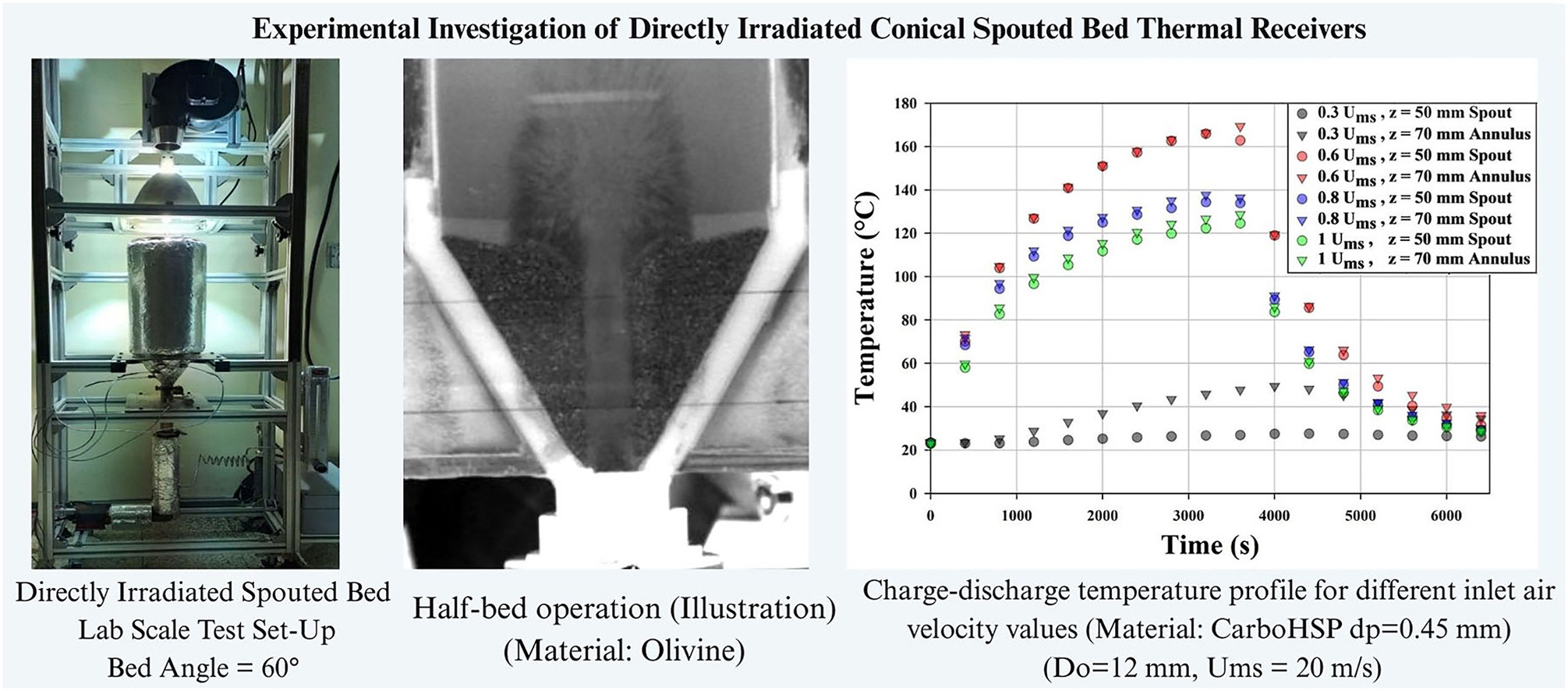- Volumes 96-107 (2025)
-
Volumes 84-95 (2024)
-
Volume 95
Pages 1-392 (December 2024)
-
Volume 94
Pages 1-400 (November 2024)
-
Volume 93
Pages 1-376 (October 2024)
-
Volume 92
Pages 1-316 (September 2024)
-
Volume 91
Pages 1-378 (August 2024)
-
Volume 90
Pages 1-580 (July 2024)
-
Volume 89
Pages 1-278 (June 2024)
-
Volume 88
Pages 1-350 (May 2024)
-
Volume 87
Pages 1-338 (April 2024)
-
Volume 86
Pages 1-312 (March 2024)
-
Volume 85
Pages 1-334 (February 2024)
-
Volume 84
Pages 1-308 (January 2024)
-
Volume 95
-
Volumes 72-83 (2023)
-
Volume 83
Pages 1-258 (December 2023)
-
Volume 82
Pages 1-204 (November 2023)
-
Volume 81
Pages 1-188 (October 2023)
-
Volume 80
Pages 1-202 (September 2023)
-
Volume 79
Pages 1-172 (August 2023)
-
Volume 78
Pages 1-146 (July 2023)
-
Volume 77
Pages 1-152 (June 2023)
-
Volume 76
Pages 1-176 (May 2023)
-
Volume 75
Pages 1-228 (April 2023)
-
Volume 74
Pages 1-200 (March 2023)
-
Volume 73
Pages 1-138 (February 2023)
-
Volume 72
Pages 1-144 (January 2023)
-
Volume 83
-
Volumes 60-71 (2022)
-
Volume 71
Pages 1-108 (December 2022)
-
Volume 70
Pages 1-106 (November 2022)
-
Volume 69
Pages 1-122 (October 2022)
-
Volume 68
Pages 1-124 (September 2022)
-
Volume 67
Pages 1-102 (August 2022)
-
Volume 66
Pages 1-112 (July 2022)
-
Volume 65
Pages 1-138 (June 2022)
-
Volume 64
Pages 1-186 (May 2022)
-
Volume 63
Pages 1-124 (April 2022)
-
Volume 62
Pages 1-104 (March 2022)
-
Volume 61
Pages 1-120 (February 2022)
-
Volume 60
Pages 1-124 (January 2022)
-
Volume 71
- Volumes 54-59 (2021)
- Volumes 48-53 (2020)
- Volumes 42-47 (2019)
- Volumes 36-41 (2018)
- Volumes 30-35 (2017)
- Volumes 24-29 (2016)
- Volumes 18-23 (2015)
- Volumes 12-17 (2014)
- Volume 11 (2013)
- Volume 10 (2012)
- Volume 9 (2011)
- Volume 8 (2010)
- Volume 7 (2009)
- Volume 6 (2008)
- Volume 5 (2007)
- Volume 4 (2006)
- Volume 3 (2005)
- Volume 2 (2004)
- Volume 1 (2003)
• It was observed that smaller particles achieve higher temperatures with a more uniform temperature distribution.
• Olivine particles showed performance comparable to CarboHSP, suggesting a cost-effective CSP alternative.
• Solid circulation maintained at below minimum spouting velocity can enable higher temperatures with less air supply.
• Pre-heating the air yields higher temperatures, simulating heated air recirculation within the bed.
One of the emerging applications of spouted beds is their use as thermal receivers in CSP systems, offering significant advantages such as high heat transfer rates and uniform temperature distribution. However, experimental studies on directly irradiated spouted beds remain limited in the literature. The aim of this study was to investigate the thermal performance of a directly irradiated spouted bed receiver using CarboHSP and olivine particles. Experiments were conducted in a 0.15 m ID spouted bed with a 60° conical angle. Hydrodynamic experiments were first performed to understand the gas-solid dynamics and establish a foundation for subsequent thermal studies. The solar radiation was simulated by a 2 kWe metal halide lamp. Temperature profiles influenced by particle size, spouting velocity, and particle type were analyzed, and charge and discharge efficiencies were determined. Higher temperatures are obtained as the particle size and spouting gas velocity are reduced. The results also show that olivine particles are a cost-effective alternative for spouted bed thermal receivers, offering thermal performance comparable to CarboHSP particles.

